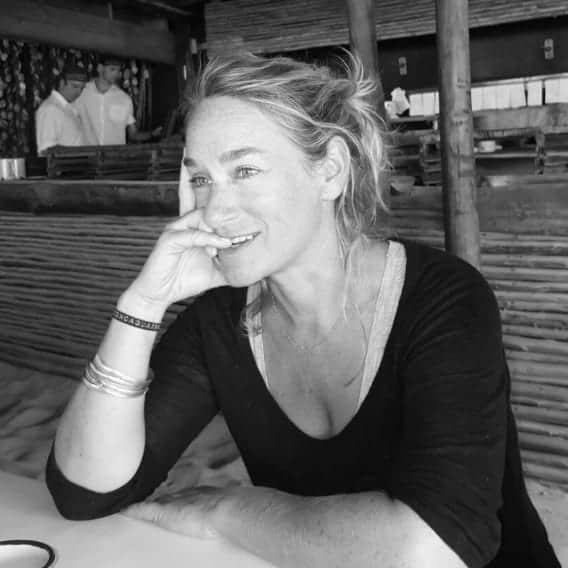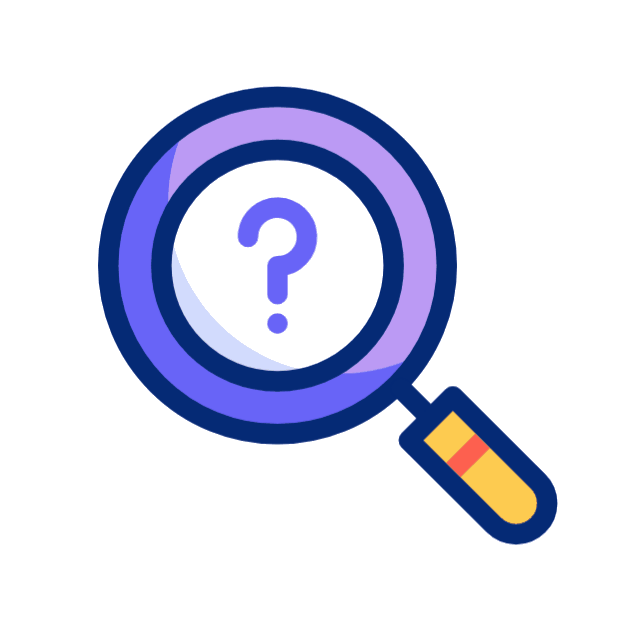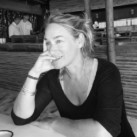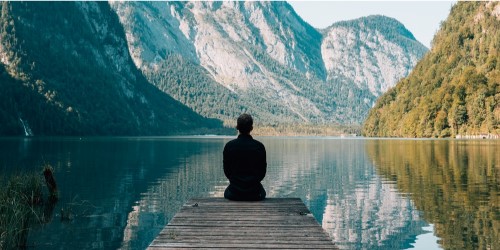
MysticMag had the pleasure of interviewing Lee Fogel, a Registered Somatic Movement Educator and Therapist, Reiki practitioner, and founder of Lee Fogel: Somatic Healing & Consulting. She supports individuals in aligning with their whole selves through movement, energy work, and creative exploration. With over two decades of experience in the healing and arts fields, Lee draws from an extensive background in somatic practices, interdisciplinary arts, and shamanic studies. Her work integrates physical, emotional, spiritual, and creative dimensions to empower individuals toward embodied well-being and authentic expression.
Your work emphasizes helping empathic individuals reconnect with their bodies to access healing and transformation. Could you elaborate on how this reconnection process unfolds and the foundational principles that guide it?
Each client session I facilitate is completely unique, shaped by the individual in front of me. What I aim to offer is not a formula or fixed technique, but a learning process—one in which we explore together how they access their internal realms of experience. This includes physical sensation, inner movement, memory, thought, and emotion—all of which intersect and inform one another.
There are a variety of strategies I draw upon to support someone in learning the language of their body’s wisdom. Often, we begin with something occurring in their life or body—perhaps a situation that feels particularly charged—and then gently move beneath the surface of the narrative to access the underlying sensory and movement-based experience.
For instance, someone might say, “I’m overwhelmed at work—I feel like a ball of tension.” While we might begin by discussing the situation, I then guide us toward a deeper inquiry: Where exactly do you feel the tension? Is it truly your whole body, or is it concentrated in a particular area? From there, we get increasingly curious about the nuances—recognizing that tension, after all, is not a static object but a form of movement. Is it a squeezing, a pressing, a jittering? Is there a texture, a color, a temperature?
This process becomes a dialogue—a collaborative inquiry into sensation that helps the person expand their awareness of subtle internal shifts. And something remarkable often happens in this space: as their awareness deepens, the body begins to respond. It’s as if the body, feeling seen and compassionately attended to, begins to reorganize itself.
As we slow down and tune in with curiosity, the body’s holding patterns often begin to shift. A place of tightness may soften. An area that felt stuck may begin to move or release. New images may arise, insights may emerge, and emotional layers may surface and transform.
To me, this work affirms a fundamental truth: there is no real separation between body, mind, and spirit. Our memories, thoughts, emotions, and sensations—all the way down to our bones and blood—are intricately woven into an ongoing, embodied experience. As physical patterns shift, so too can mental and emotional states. We may find clarity, experience relief, or tap into a more grounded sense of being. The nervous system may settle. The whole self begins to harmonize.
The “Chrysalis” program combines group and one-on-one support for healing from the inside out. What inspired the creation of this program, and how does it specifically cater to leaders and creatives?
When I began working one-on-one with clients, I quickly discovered just how potent and transformative somatic work can be. It’s what drew me to this path and why I remain so passionate about it. Early in my practice, I noticed that clients often experienced profound shifts in how they related to themselves—learning to move through challenges by tuning into their bodies in a deeply connected, embodied way.
However, as these internal changes deepened, a common theme emerged: “Who else can I relate to in this way?” The people closest to them often weren’t undergoing similar transformations, which created a kind of loneliness in their evolution.
This pattern taught me a lot. I began to develop strategies with clients to help bridge that gap—supporting them in bringing somatic practices into their relationships and shared spaces. We explored how to invite others into the process, how to cultivate curiosity together, and how to co-create meaningful structures for mutual learning and connection.
In response, I also started designing group programs that foster a sense of community. One such program, Somatic Well-being for Visionaries and Leaders, ran for four months at a time, and nurtured a vibrant, if temporary, collective. It was a powerful container for shared growth and reflection.
Over time, I continued to experiment with how to offer longer-term, ongoing community support. That’s how Chrysalis and the Embodied Living Community came to life—spaces where people can deepen their own journey while also having the opportunity to practice, grow, and evolve alongside others.
These experiences have also inspired me to reach out to teams and organizations, offering opportunities to build enduring, somatically-informed relationships in professional and collective settings. It’s about creating a shared field where growth is not only personal, but relational and systemic as well.
You mention assisting clients in transitioning from feelings of frazzle and disconnection to trusting their bodies as sources of guidance. Can you share some common challenges clients face in this journey and how your approach addresses them?
I work with all kinds of people—some are leaders of organizations or creative businesses, others are building alternative ways of living and working in the world. Some are parents who see raising a child as a core part of how they lead and live according to their values. No matter the context, these roles are rooted in passion, purpose, and care—and they come with a unique set of stresses too.
What I often see is that many people are deeply engaged in these meaningful projects or roles, but they’re doing so without a strong inner foundation of support. It’s not because they’re failing or doing something wrong—it’s more about the culture we live in. Our systems don’t typically encourage us to listen to or even feel what our bodies need. So people are out there doing incredibly important work, but without practices that help them stay grounded, embodied, and resourced, they end up facing anxiety, overwhelm, or burnout.
A lot of people come to this work wanting to “fix” themselves—but what we really do is start from their essence. We return to simple sensation. We explore creative, nourishing practices—like sound, drawing, exploratory movement, or anatomy—not just for knowledge, but to reawaken curiosity and connection with the body.
Over time, this builds a kind of inner ground or soil—something alive, supportive, and generative. And from that place, people begin to relate differently to the things they care most about. They start to show up with more clarity, more capacity, and more sustainability in the work and relationships that matter to them.
Your commitment includes nurturing clients’ intuition, well-being, and power. How do you integrate these elements into your sessions, and what outcomes have you observed in clients who embrace this holistic approach?
Honestly, I love the work I do. I’m so grateful for the practices I’ve learned and the incredible teachers I’ve had—but the work isn’t about me. My own experience with these practices definitely informs how I show up and how I sense what’s needed in a session, but ultimately, healing and transformation come from within the person I’m working with. It’s their intuition, their relationship with themselves, that creates lasting well-being and embodied power.
Often when people first come to me—or to any practitioner—they’re looking for someone to fix them, or to tell them what to do. That’s really understandable, especially in a culture that’s constantly teaching us to outsource authority and disconnect from our own bodies. But what I do isn’t about fixing. It’s about re-centering. About guiding people back into connection with their own inner compass.
So when you ask about intuition and power—it’s not just the outcome, it’s the process itself. The work is about restoring that self-trust. Helping people become the center of their own experience again. From there, everything becomes possible.
And the outcomes? They’re as varied as the people I work with. Sometimes it’s big, visible shifts—someone changes their job, starts a long-dreamed-of project, or steps into a new phase of their creative or relational life. Sometimes it’s quieter but just as powerful—learning to relate differently to stress, beginning to feel at home in their body, or realizing that self-love isn’t selfish, but vital.
I’ve seen people emerge from burnout into clarity and calm. I’ve seen people who felt frozen and stuck begin to move—literally and emotionally—and start building the lives they’ve been longing for. That’s the power of this work: not in me, but in the people themselves, once they feel safe enough to listen deeply and live from what they hear.
Beyond individual sessions, you offer custom solutions for organizations aiming to support their teams during challenging times. How does your approach adapt when working with groups or companies, and what benefits have organizations reported?
I like to bring a mix of playfulness and depth into my work, especially in organizational settings. It’s important to offer learning opportunities that feel engaging and supportive, without necessarily asking people to be overly vulnerable in environments where that might not feel as open—like with coworkers. So instead, I create containers that allow for personal insight and stress reduction while honoring professional boundaries.
For example, we might start with something as simple and accessible as learning an aspect of anatomy. We’ll look at how the shoulder blade and collarbone move together, and explore how that awareness can reduce strain—like wrist or shoulder pain while typing. It’s a gentle, educational entry point that still invites people into a deeper relationship with their bodies.
From there, we might move into more open-ended exploration, depending on what the group is ready for. In some cases, organizations want to reconnect with their mission or co-create a shared vision. In those settings, we’ll use creative tools like paper and pastels to draw out what they want to build together, and how they want to feel within that. It’s a playful, non-verbal way to externalize internal experiences in a safe, expressive format.
That’s where Somatic Visioning comes in (a process I’ve developed for getting out of your head and into your body when it comes to decision making and figuring out what you need). Once the drawings are on the page, we explore them through the body: noticing how the images resonate somatically, and how the body responds to what’s being expressed. It becomes a full-spectrum process—creative, reflective, embodied, and grounded in choice. And people can share as much or as little as they feel comfortable with.
If you would like to find out more about Lee Fogel’s somatic healing and consulting practice, please visit www.leefogel.com.



